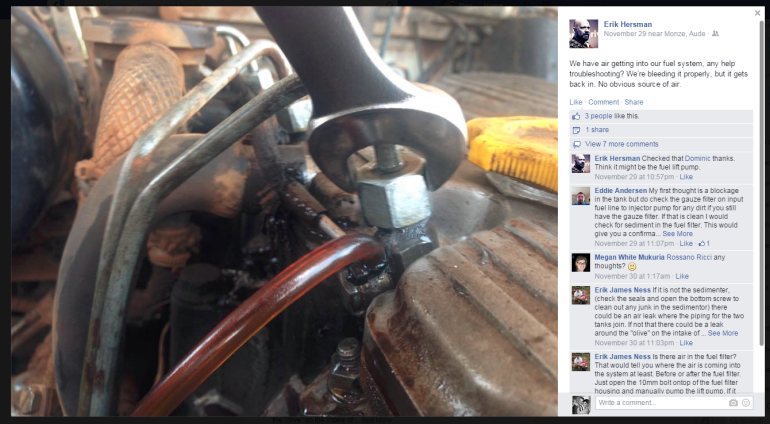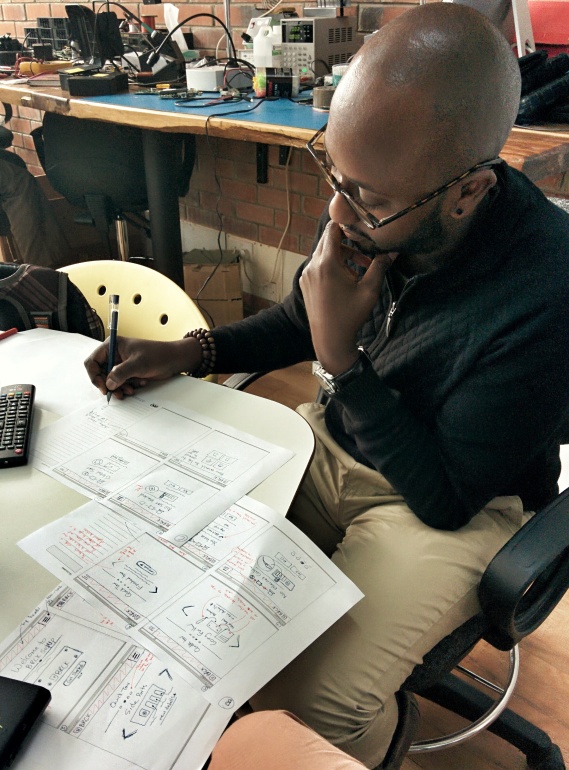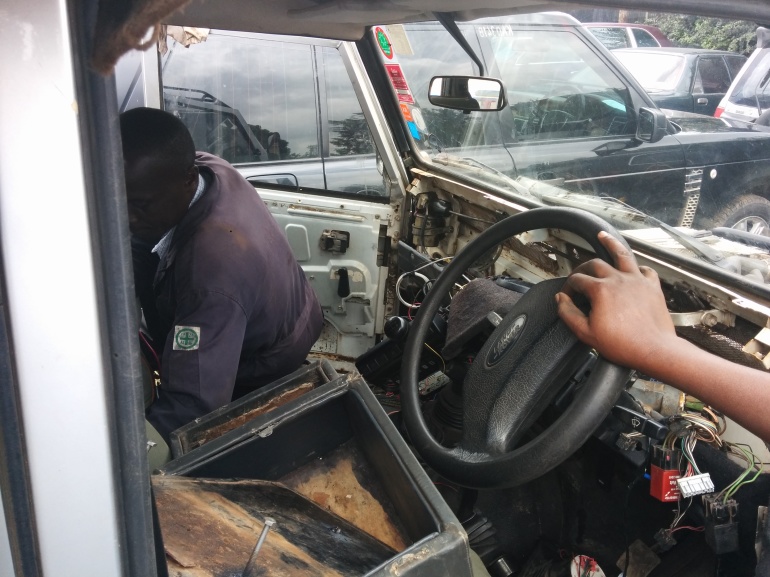Moja + LTE: Extending affordable access further
This week at Mobile World Congress Barcelona, Facebook and BRCK are announcing the open sourcing of Magma, a software platform that contains the tools needed to deploy and extend LTE mobile networks in under-connected and unconnected areas of the world. This includes software powering the mobile packet core and network automation and management tools. The reason this is important is that it allows rapid deployment and software development on a technology assumed to be available only to the incumbent MNO’s, and only with software and networks provided by a few behemoth suppliers (Huawei, ZTE, Nokia, etc.).
BRCK’s 2,700 WiFi hotspots in Kenya and Rwanda confine Moja users to a radius of 50-100m, a fundamental limitation of WiFi networks. To give users wider coverage, BRCK has been piloting a low cost, solar-powered, data-only LTE deployment that extends the Moja network with blanket coverage across kilometers, with the potential to cover thousands of people per tower.

Our Moja platform is the answer for affordable internet where people can’t pay to get online. The business model allows consumers to connect to the internet for free, leveraging their digital engagement to ensure that the bandwidth is paid for. LTE allows that signal to not just work when you are within range of a Moja WiFi hotspot in a restaurant, shop, or bus, but works to keep you connected wherever you are – at home, as you hustle, or on the go.
As we continue to expand the Moja network, WiFi continues to be the tip of the spear. It’s a great technology with lots of bandwidth, an easy connection model, and a very low cost of entry. We are continuing to invest in our work providing WiFI in public transit and have recently invested in fixed access, having acquired the Surf network with over 1,200 existing sites.. However, LTE has one great advantage: a larger footprint of coverage. LTE operates on licensed frequencies (although there is work being done to change this) and this allows us to use high power LTE radios to transmit a continuous Moja signal over kilometers, not meters, direct to a user’s device, connecting many thousands of people who otherwise don’t have access to affordable internet.
BRCK has embraced Magma as the backbone of our LTE network. The technology is similar to a lot of the work done in the early days of BRCK, building high reliability networks in resource-poor settings. It distributes the compute load to the edge, allowing for better performance despite the lack of resources. It uses modern web-compatible APIs and communication protocols that allow us to integrate seamlessly into our existing platforms and, most importantly, it breaks the reliance on legacy systems that have put scaleable LTE out of the reach of most. And it’s built on software defined networking, so our upgrade path to 5G isn’t limited by hardware or vendor lock in, just a small matter of programming.
We’ve done a lot of work internally to Magma and shared this back into the open source effort. We’ve built out an MEC (Mobile Edge Compute) platform, localising the Moja platform and increasing the speed to the consumer. We’ve built a network monitoring stack for our wireless backhaul links, and we’ve integrated the platform seamlessly into our WiFi offerings and mesh networks that we run. We’ve also been integrating radios from multiple vendors for different deployment scenarios, as well as making Magma work with our own SupaBRCK microserver.

BRCK’s LTE stack is built using the SupaBRCK at its core. SupaBRCK is a rugged, outdoor-ready microserver powered by an Intel x86 processor, with 8GB of RAM, and up to 5TB of storage. Using SupaBRCK and the Magma gateway on the tower lowers the capex and opex of the site significantly by providing a managed all-in-one hardware solution, and by moving all the critical control traffic off the backhaul network. Innovations like this allow for reliable connectivity even in last mile situations with a lower cost of backhaul than is achievable with other solutions.
Moving forward, we are actively piloting more sites with LTE. Deploying Moja on a low-cost solar LTE platform allows us to increase our coverage into underserved areas that traditional operators typically don’t see financial viability in. We are excited about solving the Last Mile Connectivity challenge for Africa and other emerging markets.






